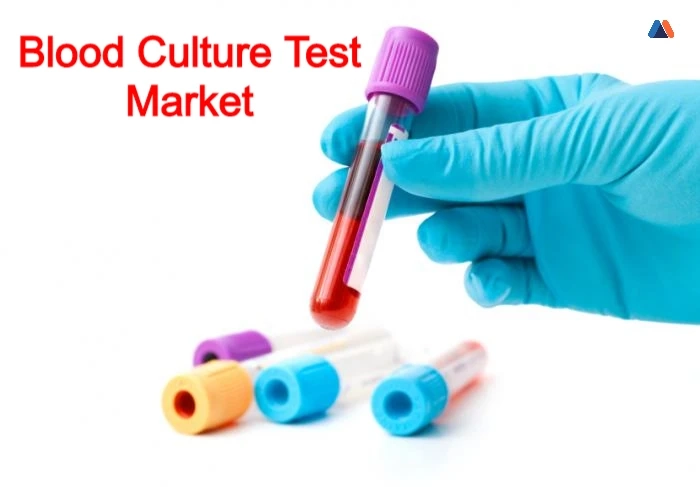What is a blood culture?
A Blood Culture Test tells your doctor if you have an infection in your bloodstream that can spread throughout your body. This is referred to as a systemic infection by doctors. The test looks for bacteria or yeast that might be causing the illness in a sample of your blood.
A positive blood culture indicates that germs are present in your blood. This illness affects the blood that flows throughout your body. Blood infections are commonly caused by bacteria that begin on your skin or in your lungs, urine, or gastrointestinal system. If an infection is severe or your immune system isn't able to keep it confined, it can travel to your blood and become systemic. Sepsis is the medical term for a systemic illness.
When your doctor believes you have a blood infection, he or she will order blood cultures. Blood infections must be tested for since they might cause significant consequences. Sepsis is one such consequence of a blood infection.
The microorganisms that cause the infection in your circulation interfere with your body's natural defenses and hinder your immune system from functioning correctly, resulting in sepsis. Toxins are also produced by infections, which can harm your organs.
What are the symptoms of a blood infection?
Some of the common symptoms of a blood infection you should look for include:
Accelerated breathing
Persistent headache
Accelerated heartbeats
Heart palpitations
Shaking and chills
Muscle pain
High fever
A blood infection can develop to its most serious state, sepsis if it is not treated. Sepsis symptoms include the ones described above, as well as indicators of organ damage. A few of the symptoms of sepsis are:
Spots on the skin
Dizziness
Nausea
A confused state of mind
Reduced urination
Blood cultures are also taken more often in infants and toddlers with fever who may have an infection but lack the classic signs and symptoms of sepsis. Blood infections are also more common in the elderly.
A microscope or chemical tests can be used to determine the type of germ. Other tests may be performed in order to determine the best treatment for the illness. Sensitivity testing is the term for this. To ensure that a bacterium or fungus is not overlooked, two or three blood samples from separate veins are frequently obtained.


